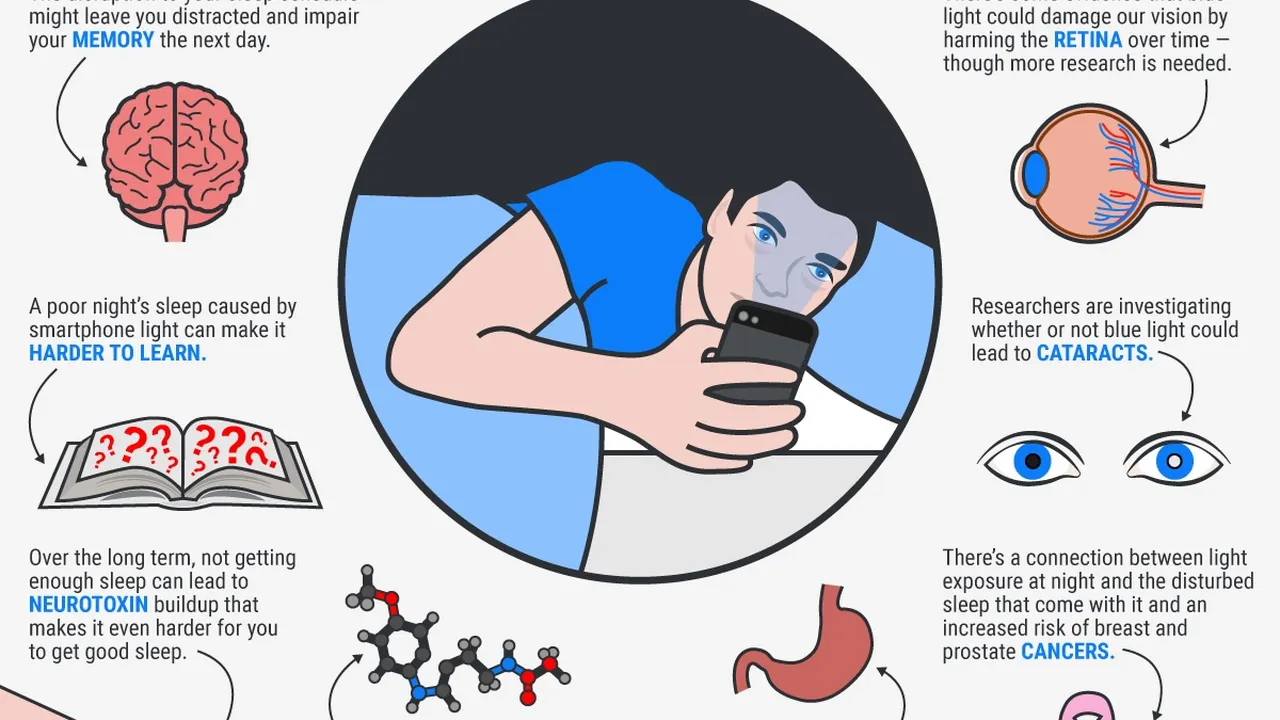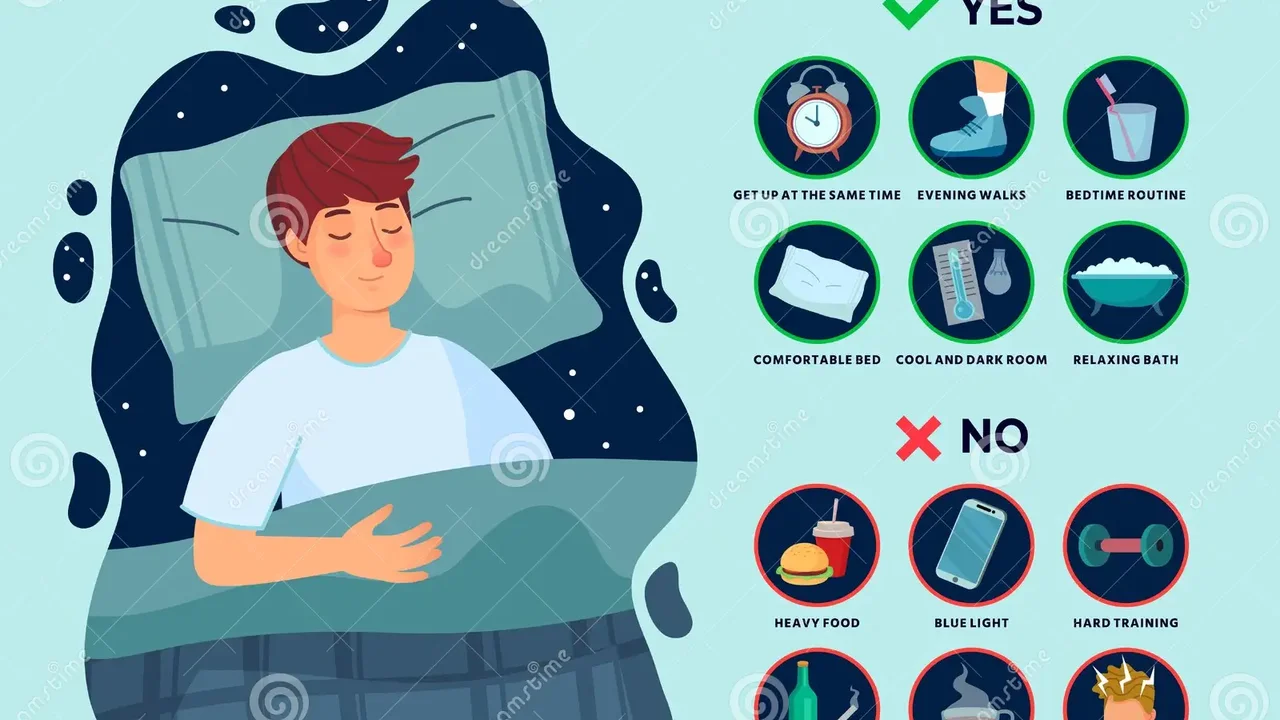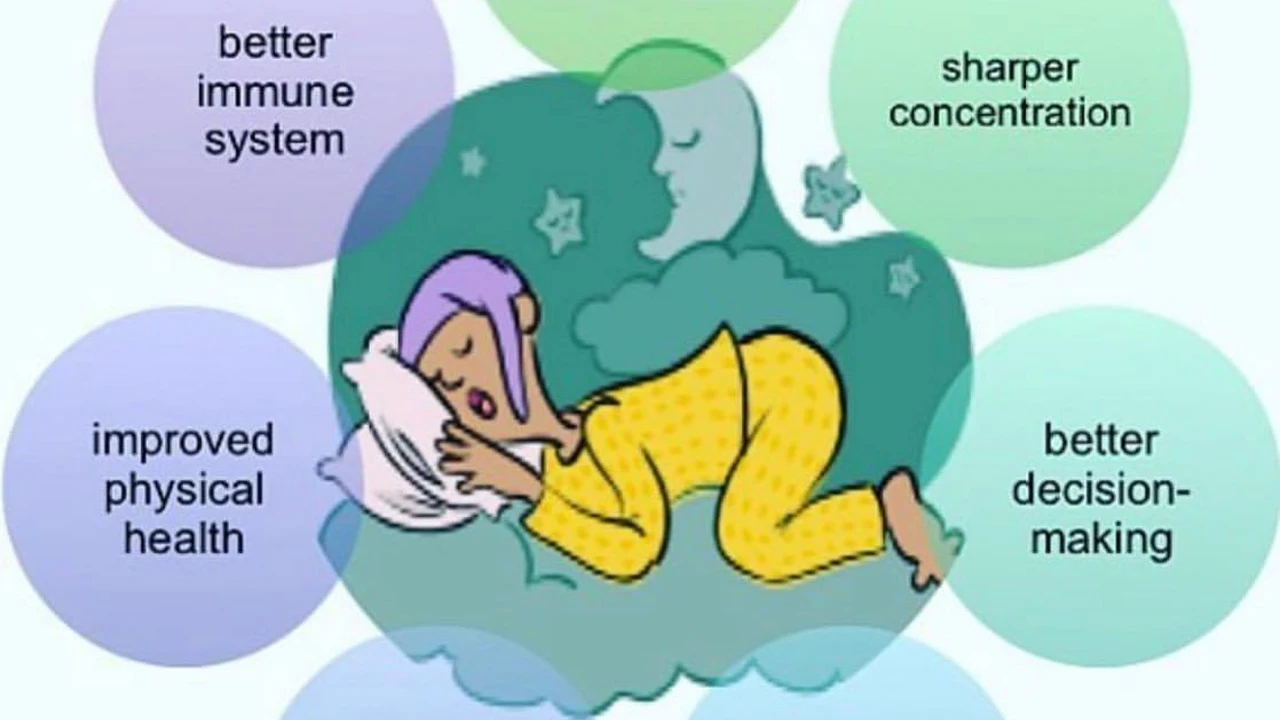The Benefits of Regular Check-Ups With Your Doctor

Meta Description: Learn practical tips and strategies to prevent common injuries at home, at work, and during exercise. Stay safe and protect yourself from unnecessary pain and suffering with these easy-to-follow guidelines.
Understanding Common Injury Types and Risk Factors
Injuries, whether minor or severe, can significantly impact your quality of life. Understanding the types of injuries most likely to occur and the factors that contribute to them is the first step in prevention. This section explores common injury types and the associated risks, helping you identify potential hazards in your everyday environment.
Home Injuries: Preventing Accidents in Your Living Space
Your home should be a safe haven, but unfortunately, it's often a site of accidents. Slips, trips, falls, cuts, burns, and poisonings are common household injuries. Several factors contribute to these accidents, including clutter, inadequate lighting, lack of safety equipment, and improper storage of hazardous materials.
- Slips, Trips, and Falls: These are among the most frequent home injuries, particularly for children and older adults. Wet floors, loose rugs, uneven surfaces, and cluttered walkways are common culprits.
- Keep floors clean and dry. Use mats or rugs with non-slip backing.
- Repair any uneven surfaces or loose flooring.
- Ensure adequate lighting in hallways, stairs, and bathrooms.
- Remove clutter from walkways and stairs.
- Install grab bars in bathrooms and handrails on stairs.
- Cuts and Lacerations: Sharp objects like knives, scissors, and broken glass can cause cuts and lacerations.
- Store knives and scissors in designated drawers or blocks.
- Use cutting boards when preparing food.
- Dispose of broken glass carefully.
- Keep sharp objects out of reach of children.
- Burns: Hot liquids, stoves, ovens, and electrical appliances can cause burns.
- Use caution when handling hot liquids.
- Keep children away from stoves and ovens.
- Check smoke detectors regularly.
- Install a fire extinguisher in the kitchen.
- Unplug electrical appliances when not in use.
- Poisonings: Cleaning products, medications, and pesticides can cause poisonings, particularly for young children.
- Store cleaning products, medications, and pesticides in locked cabinets or out of reach of children.
- Read labels carefully before using any product.
- Never mix cleaning products together.
- Keep medicines in their original containers.
- Install carbon monoxide detectors.
Prevention Tips:
Prevention Tips:
Prevention Tips:
Prevention Tips:
Workplace Injuries: Maintaining Safety in Your Professional Environment
The workplace presents a unique set of injury risks, depending on the industry and specific job tasks. Common workplace injuries include slips, trips, falls, strains, sprains, cuts, burns, and exposure to hazardous materials. Factors contributing to these injuries include unsafe working conditions, inadequate training, lack of safety equipment, and fatigue.
- Slips, Trips, and Falls: Similar to home injuries, these are common in the workplace due to wet floors, cluttered walkways, and uneven surfaces.
- Maintain clean and dry floors.
- Ensure adequate lighting.
- Use caution when walking on slippery surfaces.
- Wear appropriate footwear.
- Report any hazards to management.
- Strains and Sprains: These injuries often result from lifting heavy objects, repetitive motions, and awkward postures.
- Use proper lifting techniques.
- Take breaks to stretch and rest.
- Adjust workstations to promote good posture.
- Use assistive devices when lifting heavy objects.
- Cuts and Lacerations: Working with machinery, tools, and sharp objects can lead to cuts and lacerations.
- Use caution when operating machinery and tools.
- Wear appropriate protective equipment, such as gloves and eye protection.
- Keep sharp objects out of reach when not in use.
- Report any damaged equipment to management.
- Exposure to Hazardous Materials: Working with chemicals, solvents, and other hazardous materials can cause burns, respiratory problems, and other health issues.
- Read and understand safety data sheets (SDS) for all hazardous materials.
- Use appropriate personal protective equipment (PPE), such as gloves, masks, and respirators.
- Ensure adequate ventilation.
- Follow proper storage and handling procedures.
Prevention Tips:
Prevention Tips:
Prevention Tips:
Prevention Tips:
Exercise Injuries: Staying Safe During Physical Activity
Exercise is essential for maintaining good health, but it also carries the risk of injury. Common exercise injuries include strains, sprains, fractures, dislocations, and overuse injuries. Factors contributing to these injuries include improper warm-up, inadequate stretching, incorrect form, overtraining, and lack of appropriate equipment.
- Strains and Sprains: These injuries typically occur due to sudden movements, overstretching, or inadequate warm-up.
- Warm up properly before exercise.
- Stretch regularly to improve flexibility.
- Use proper form when exercising.
- Listen to your body and stop if you feel pain.
- Fractures and Dislocations: These injuries can result from falls, collisions, or direct impact.
- Wear appropriate protective equipment, such as helmets and pads.
- Exercise in a safe environment.
- Avoid risky activities.
- Overuse Injuries: These injuries develop gradually due to repetitive motions and overtraining.
- Gradually increase the intensity and duration of your workouts.
- Vary your exercise routine to avoid overuse of specific muscles.
- Get enough rest and recovery time.
Prevention Tips:
Prevention Tips:
Prevention Tips:
Specific Injury Prevention Strategies and Product Recommendations
Now that we've covered common injury types and risk factors, let's delve into specific prevention strategies and product recommendations for each category. Remember, consulting with a healthcare professional or certified trainer is always recommended before starting any new exercise program or implementing significant safety changes.
Home Safety Products and Strategies: Creating a Secure Environment
- Non-Slip Mats and Rugs: Essential for preventing slips and falls, especially in bathrooms and kitchens.
- Grab Bars: Provide support and stability in bathrooms, especially for older adults and individuals with mobility issues.
- Smoke and Carbon Monoxide Detectors: Essential for detecting fires and carbon monoxide leaks.
- Cabinet Locks and Latches: Prevent children from accessing hazardous materials stored in cabinets.
Product Recommendation: Gorilla Grip Original Area Rug Gripper. This rug gripper features a strong, non-slip backing that keeps rugs securely in place. It's available in various sizes and is machine washable. Price: Approximately $20 - $40, depending on size.
Alternative: Utopia Towels Non Slip Bath Mat. This bath mat provides excellent traction and is highly absorbent. It’s made from durable, long-lasting materials and is available in multiple colors. Price: Approximately $15 - $25.
Comparison: The Gorilla Grip is better for larger area rugs, while the Utopia Towels bath mat is specifically designed for bathrooms. The Gorilla Grip focuses on grip strength, while the Utopia Towels mat prioritizes absorbency.
Usage Scenario: Place non-slip mats in bathrooms, kitchens, and entryways to prevent slips and falls on wet or smooth surfaces.
Product Recommendation: Moen DN9808 Home Care 8-Inch Bathroom Grab Bar. This grab bar is made from durable stainless steel and provides a secure handhold. It's easy to install and comes in a variety of finishes. Price: Approximately $30 - $50.
Alternative: Vive Suction Grab Bar. This grab bar uses powerful suction cups to attach to smooth surfaces, making it easy to install and remove. It's ideal for temporary use or travel. Price: Approximately $20 - $30.
Comparison: The Moen grab bar requires permanent installation but offers superior stability. The Vive suction grab bar is portable and easy to install but may not be as strong or reliable as a permanently installed bar.
Usage Scenario: Install grab bars in showers, bathtubs, and near toilets to provide support and prevent falls.
Product Recommendation: Nest Protect Smoke and Carbon Monoxide Detector. This smart detector provides voice alerts, sends notifications to your smartphone, and can be silenced from your phone. It also features a self-testing function. Price: Approximately $120 - $150.
Alternative: Kidde Smoke and Carbon Monoxide Detector. This is a basic, reliable detector that provides audible alerts. It's a more affordable option than the Nest Protect. Price: Approximately $20 - $30.
Comparison: The Nest Protect offers advanced features and smartphone integration, while the Kidde detector is a more basic, budget-friendly option.
Usage Scenario: Install smoke and carbon monoxide detectors on every level of your home and near sleeping areas.
Product Recommendation: Safety 1st Child Proof Magnetic Cabinet Locks. These locks are easy to install and use, and they keep cabinets securely closed. They are invisible from the outside, so they don't detract from the look of your cabinets. Price: Approximately $20 - $30 for a set of 8.
Alternative: Vmaisi Baby Proofing Magnetic Cabinet Locks. Similar to the Safety 1st locks, these provide a secure and invisible locking system. They are also easy to install. Price: Approximately $20 - $30 for a set of 12.
Comparison: Both the Safety 1st and Vmaisi locks are excellent choices. Choose the one that best fits your budget and aesthetic preferences.
Usage Scenario: Install cabinet locks on cabinets containing cleaning products, medications, and other hazardous materials.
Workplace Safety Products and Strategies: Promoting a Secure Work Environment
- Ergonomic Office Chair: Provides proper support and reduces the risk of back pain and other musculoskeletal disorders.
- Standing Desk: Allows you to alternate between sitting and standing, reducing the risk of sedentary behavior and promoting better posture.
- Safety Shoes: Protect feet from impact, compression, and punctures in hazardous work environments.
- Eye Protection: Protects eyes from dust, debris, chemicals, and other hazards.
Product Recommendation: Herman Miller Aeron Chair. This chair is widely regarded as one of the best ergonomic office chairs on the market. It features adjustable lumbar support, armrests, and seat height. Price: Approximately $1,300 - $1,800.
Alternative: Steelcase Gesture Chair. Another excellent ergonomic option, the Steelcase Gesture Chair offers a wide range of adjustments and provides excellent support. Price: Approximately $1,000 - $1,500.
Comparison: Both the Herman Miller Aeron and Steelcase Gesture chairs are high-quality ergonomic options. The Aeron is known for its breathable mesh back, while the Gesture is praised for its flexibility and adjustability.
Usage Scenario: Use an ergonomic office chair while working at a desk to promote good posture and reduce the risk of back pain.
Product Recommendation: Vari Electric Standing Desk. This desk is easy to adjust and features a sturdy construction. It's available in various sizes and finishes. Price: Approximately $800 - $1,200.
Alternative: FlexiSpot Electric Height Adjustable Standing Desk. A more affordable option than the Vari desk, the FlexiSpot desk offers similar features and functionality. Price: Approximately $300 - $500.
Comparison: The Vari desk is known for its premium quality and stability, while the FlexiSpot desk offers a good balance of features and affordability.
Usage Scenario: Use a standing desk to alternate between sitting and standing throughout the workday.
Product Recommendation: Timberland PRO Men's PowerTrain Alloy-Toe EH Industrial & Construction Shoe. These shoes feature an alloy toe for protection and are designed for comfort and durability. Price: Approximately $100 - $130.
Alternative: Skechers Work Relaxed Fit: Felton SR. These slip-resistant work shoes are comfortable and provide good traction. They are a more affordable option than the Timberland PRO shoes. Price: Approximately $60 - $80.
Comparison: The Timberland PRO shoes offer superior protection and durability, while the Skechers Work shoes prioritize comfort and affordability.
Usage Scenario: Wear safety shoes in work environments where there is a risk of foot injuries.
Product Recommendation: 3M Safety Glasses. These glasses provide excellent eye protection and are comfortable to wear. They are available in various styles and lens colors. Price: Approximately $10 - $20.
Alternative: Pyramex Safety Glasses. These glasses are a more affordable option than the 3M glasses and offer similar protection. Price: Approximately $5 - $10.
Comparison: Both the 3M and Pyramex safety glasses are good choices. Choose the one that best fits your budget and comfort preferences.
Usage Scenario: Wear eye protection in work environments where there is a risk of eye injuries.
Exercise Safety Products and Strategies: Staying Injury-Free During Workouts
- Proper Athletic Shoes: Provide support, cushioning, and stability during exercise.
- Foam Roller: Helps to improve flexibility, reduce muscle soreness, and prevent injuries.
- Resistance Bands: Help to strengthen muscles, improve flexibility, and prevent injuries.
- Knee Braces: Provide support and stability to the knee joint, reducing the risk of knee injuries.
Product Recommendation: Brooks Ghost 14. This shoe is a popular choice for runners and walkers. It provides excellent cushioning and support. Price: Approximately $120 - $150.
Alternative: New Balance Fresh Foam 880v12. Another excellent running shoe, the New Balance Fresh Foam 880v12 offers a comfortable and supportive ride. Price: Approximately $120 - $140.
Comparison: Both the Brooks Ghost 14 and New Balance Fresh Foam 880v12 are high-quality running shoes. Choose the one that best fits your foot type and running style.
Usage Scenario: Wear proper athletic shoes during running, walking, and other physical activities.
Product Recommendation: TriggerPoint GRID Foam Roller. This foam roller features a textured surface that helps to massage muscles and release tension. Price: Approximately $30 - $40.
Alternative: Amazon Basics High-Density Round Foam Roller. A more affordable option than the TriggerPoint roller, the Amazon Basics foam roller provides similar benefits. Price: Approximately $15 - $25.
Comparison: The TriggerPoint roller is known for its durability and textured surface, while the Amazon Basics roller is a more budget-friendly option.
Usage Scenario: Use a foam roller to massage muscles before and after exercise.
Product Recommendation: TheraBand Resistance Bands. These bands are durable and versatile and can be used for a variety of exercises. Price: Approximately $10 - $20 for a set.
Alternative: Fit Simplify Resistance Loop Exercise Bands. These loop bands are a convenient and affordable option for resistance training. Price: Approximately $15 - $25 for a set.
Comparison: Both the TheraBand and Fit Simplify resistance bands are good choices. Choose the one that best fits your budget and exercise needs.
Usage Scenario: Use resistance bands to strengthen muscles and improve flexibility during exercise.
Product Recommendation: DonJoy Performance Webtech Knee Brace. This brace provides excellent support and stability for the knee. It's ideal for athletes and individuals with knee pain. Price: Approximately $80 - $120.
Alternative: Mueller Self-Adjusting Knee Stabilizer. This brace is a more affordable option than the DonJoy brace and provides good support and stability. Price: Approximately $20 - $30.
Comparison: The DonJoy brace offers superior support and is designed for high-impact activities, while the Mueller brace is a more affordable option for everyday use.
Usage Scenario: Wear a knee brace during exercise or activities that put stress on the knee joint.
The Importance of Proper Technique and Training
While safety equipment and products can significantly reduce the risk of injury, they are not a substitute for proper technique and training. Learning the correct form for exercises and gradually increasing the intensity and duration of your workouts is crucial for preventing injuries. Consider working with a certified personal trainer or coach to learn proper technique and develop a safe and effective training plan.
Staying Informed and Proactive
Staying informed about potential hazards and taking proactive steps to address them is essential for preventing injuries. Regularly inspect your home and workplace for safety hazards, and take steps to eliminate or mitigate them. Attend safety training courses and workshops to learn about best practices for injury prevention. By staying informed and proactive, you can create a safer environment for yourself and others.
Listen to Your Body
One of the most important things you can do to prevent injuries is to listen to your body. Pay attention to pain signals and stop any activity that causes pain or discomfort. Don't push yourself too hard, especially when you are just starting a new exercise program. Rest and recovery are just as important as exercise for preventing injuries. If you experience any pain or discomfort, consult with a healthcare professional.
Conclusion - Nah, Just Keep Staying Safe!
Preventing injuries is an ongoing process that requires vigilance, awareness, and a commitment to safety. By implementing the strategies and product recommendations outlined in this guide, you can significantly reduce your risk of injury and enjoy a healthier, more active life. Remember, safety is not just a set of rules or regulations, it's a mindset. Embrace a culture of safety in your home, workplace, and during exercise, and you'll be well on your way to preventing common injuries.
:max_bytes(150000):strip_icc()/277019-baked-pork-chops-with-cream-of-mushroom-soup-DDMFS-beauty-4x3-BG-7505-5762b731cf30447d9cbbbbbf387beafa.jpg)






